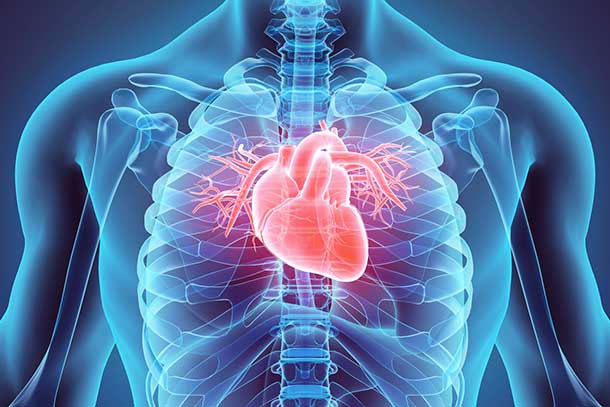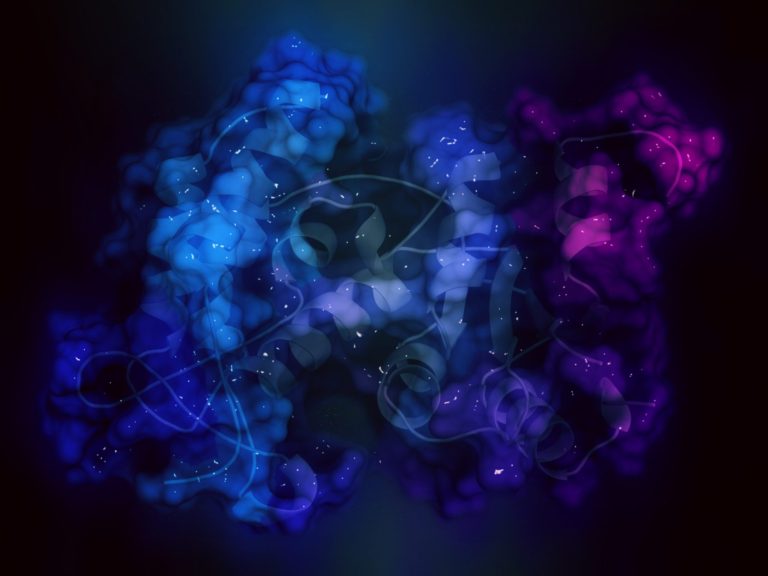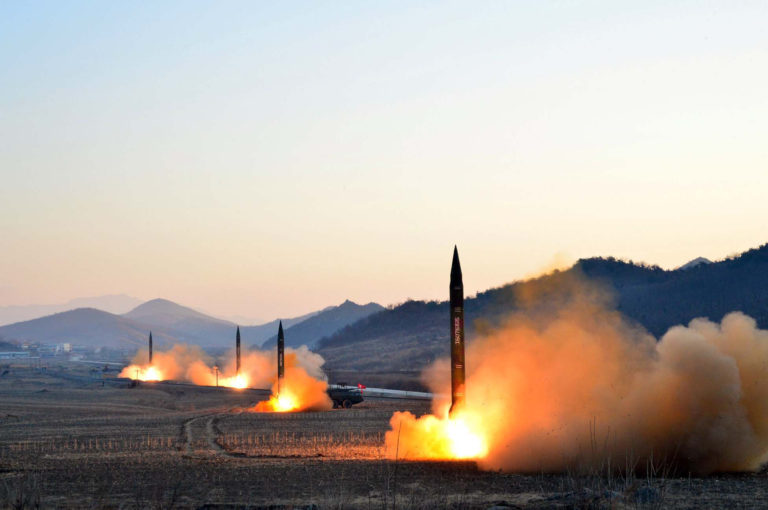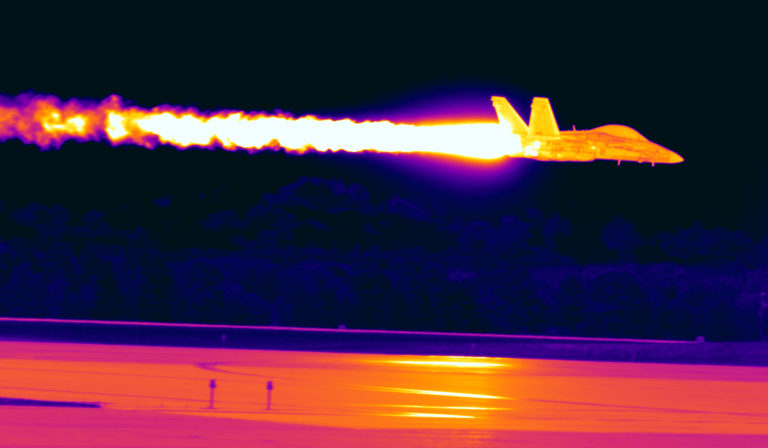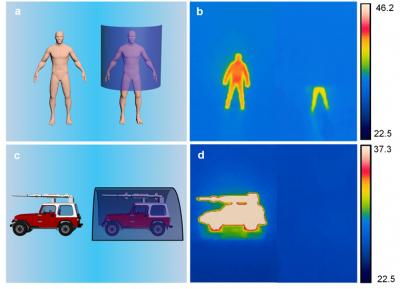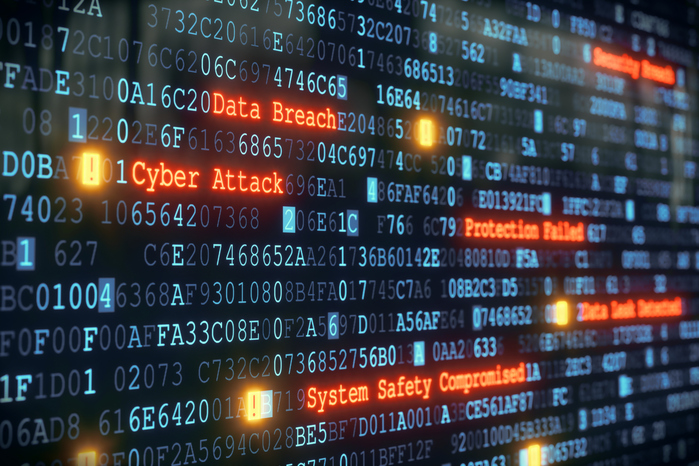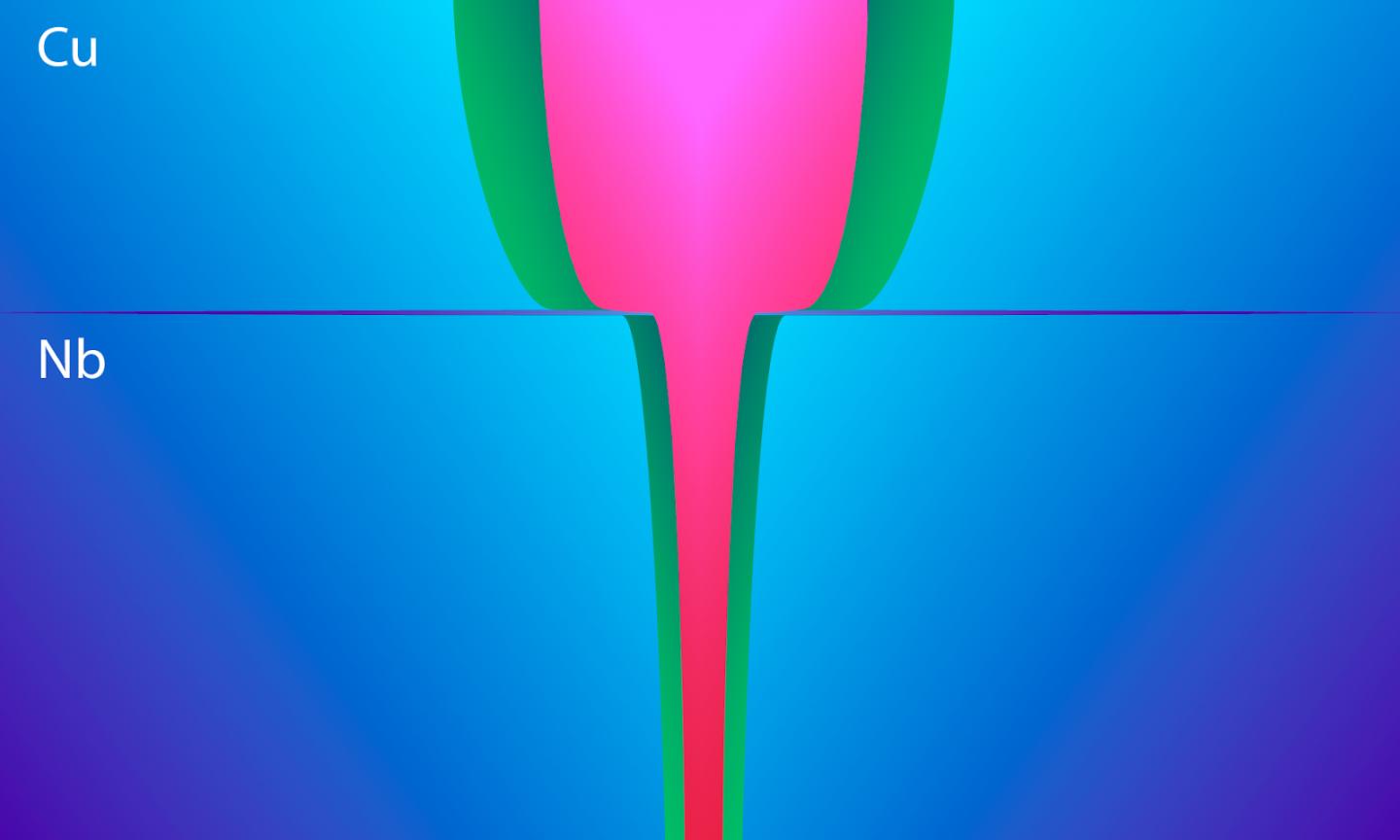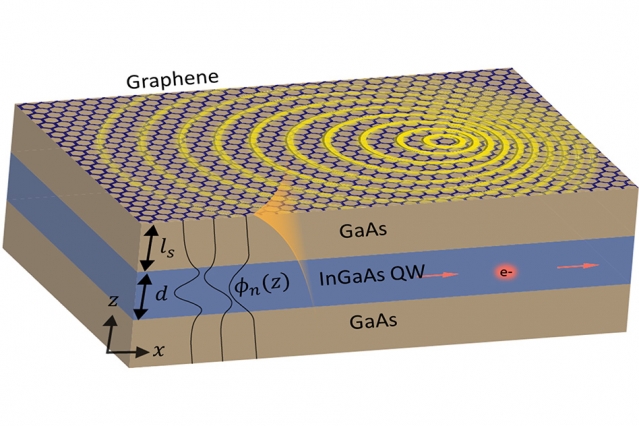Rocks enriched with iron have been found formed in lake beds near an ancient lake site on the Red Planet. Research suggests these rocks may indicate signs of life having once existed there.
The study is another leap forward in searching for microbes on Mars that will help prove whether life did or did not exist there all those several billion years ago. Those rocks most likely to contain fossils are of the sedimentary sort. These densely packed mud or clay rocks are high in iron and silica which are both helpful in the preservation of fossils.
The period in which these Mars rocks are thought to have formed is between the Noachian and Hesperian Periods of Martian history around three or four billion years ago. During this period the planet was thought to be in abundance of water and would have been ideal for supporting life. Fossils that are preserved on Mars tend to be in much better condition than those preserved on Earth as they have no plate tectonics to deal with.
In assessing the fossils in replicated Martian conditions, the team is hoping to identify the most likely sites where alien life traces may be found. These findings could help NASA in their Mars mission by pointing them in the right direction. The agency’s next mission to the Red Planet is set for 2020 where rock samples will be gathered and brought back to Earth for further analysis. The European Space Agency also has a similar mission planned for the near future.
This most recent study of Mars rocks could help to identify the most promising sites in which to get rock samples and ultimately help in determining the landing sites for the upcoming missions. “There are many interesting rock and mineral outcrops on Mars where we would like to search for fossils, but since we can’t send rovers to all of them we have tried to prioritise the most promising deposits based on the best available information,” says Dr Sean McMahon, a Marie Sklodowska-Curie fellow in the University of Edinburgh’s School of Physics and Astronomy.
More News to Read
- Researchers Gain Deeper Understanding into Quantum Technology Thanks to Superconducting Vortex
- MIT Researchers Create New Way of Enhancing Light and Matter Interactions
- New Fuel Reducing Ship Coating Could Save the U.S. Navy Millions of Dollars
- New NASA Mission to Focus on Interstellar Space Particles of the Outer Solar System
- AI is Now More Accurate at Diagnosing Skin Cancer than Dermatologists


